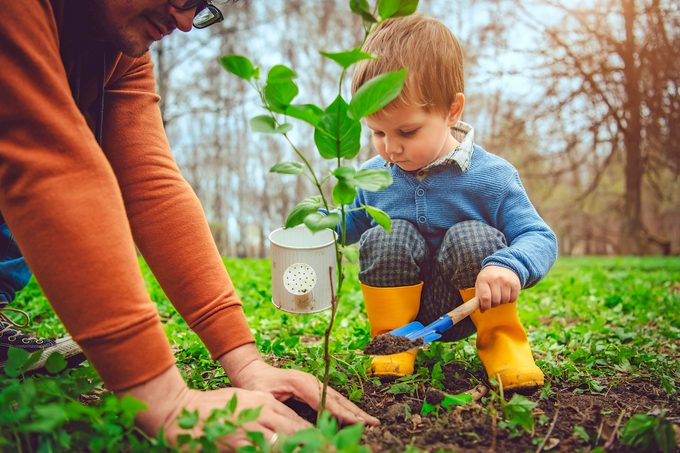Expert Tips for Late Season Gardening
Updated: Sep. 24, 2020
Consider fall to be a new prime planting time for your garden.

Some time ago, the garden industry started a campaign to promote fall planting. While it was a clever trick to stimulate plant shopping when garden centers were normally quiet, fall planting is actually a bright idea for gardeners too. Psst—here are the fall gardening tools you need!
Financially, you can save money by carefully choosing closeouts as many retailers try to clear their inventory. Horticulturally, plants have fewer pests and diseases to deal with in fall. In addition, cooler temperatures and moist soil benefit plants as they’re getting established. Even after top growth stops, roots continue to grow until the ground freezes. In spring, these established roots will have a head start. They will have built up the strength to withstand the coming heat of summer. As the expression goes, happy roots mean happy plants.
Some Plants Do Better in Fall
Root growth isn’t a plant’s only priority in spring, says Tyler Johnson, curator of collections and grounds for the Iowa Arboretum and Gardens, and these various needs can create some strain on plants. “If you think spring, plants are leafing out, potentially flowering—depending on the species—and have much more tender new growth,” he says.
With all these processes going on, if you throw in putting down roots and getting established, Tyler points out the plant is going to be splitting its resources a bunch of different ways. “On top of that,” he says, “if you have a hot early summer, getting them established with plenty of water can be time-consuming and more stressful for the plant.”
Unlike plants in spring with soft, tender new growth that can be damaged by frost, fall garden plants have mature foliage. “This ensures that they have the maximum amount of leaf surface area to absorb plenty of sun,” Tyler says. “Generally in fall, most other plant processes are finished for the year. So the plants can focus most of their energy on root growth.”
Here’s more reasons why fall is the perfect time to plant perennials.
Plant Early in Fall
One caveat for fall planting in cold climates: Do it early—at least six weeks before the ground freezes, but preferably earlier. Tyler says the biggest drawback to fall planting is not having enough time for plants to get fully settled. If that happens, plants may die over the winter or have weak growth the following spring. Flowering mums often don’t come back in spring, because their energy goes toward their blooms, not the roots. Give your plants time to develop a hardy root system.
Tyler suggests plenty of mulch for newly planted specimens but not piling it against the woody stems of trees or shrubs. A good heavy mulching acts as a nice blanket to help your plants make it through the winter. “Making sure to plant to the proper depth is also important,” he says.
Next, learn what plants gardeners should water in winter.
How to Pick the Best Planting Season
Of course, spring planting still has its gardening place. The selection is superior and it’s the right time for most vegetables, annuals and tender bulbs. It also works better for evergreens and other plants. “One pro of spring planting is you have a longer growing season for the plants to establish,” Tyler says. “This could be beneficial for species that might be marginally hardy and for fall-blooming plants.”
He also says spring is a good time to plant in areas that have mild summers and enough rainfall. Follow this guide to make sure you water your plants properly.
Most plants tolerate planting at various times of the year if they are well watered. Tyler says he couldn’t do without fall planting at the Iowa Arboretum and Gardens. “Fall planting helps us cut down on a lot of time and labor that may otherwise be spent watering new trees throughout the summer.”
